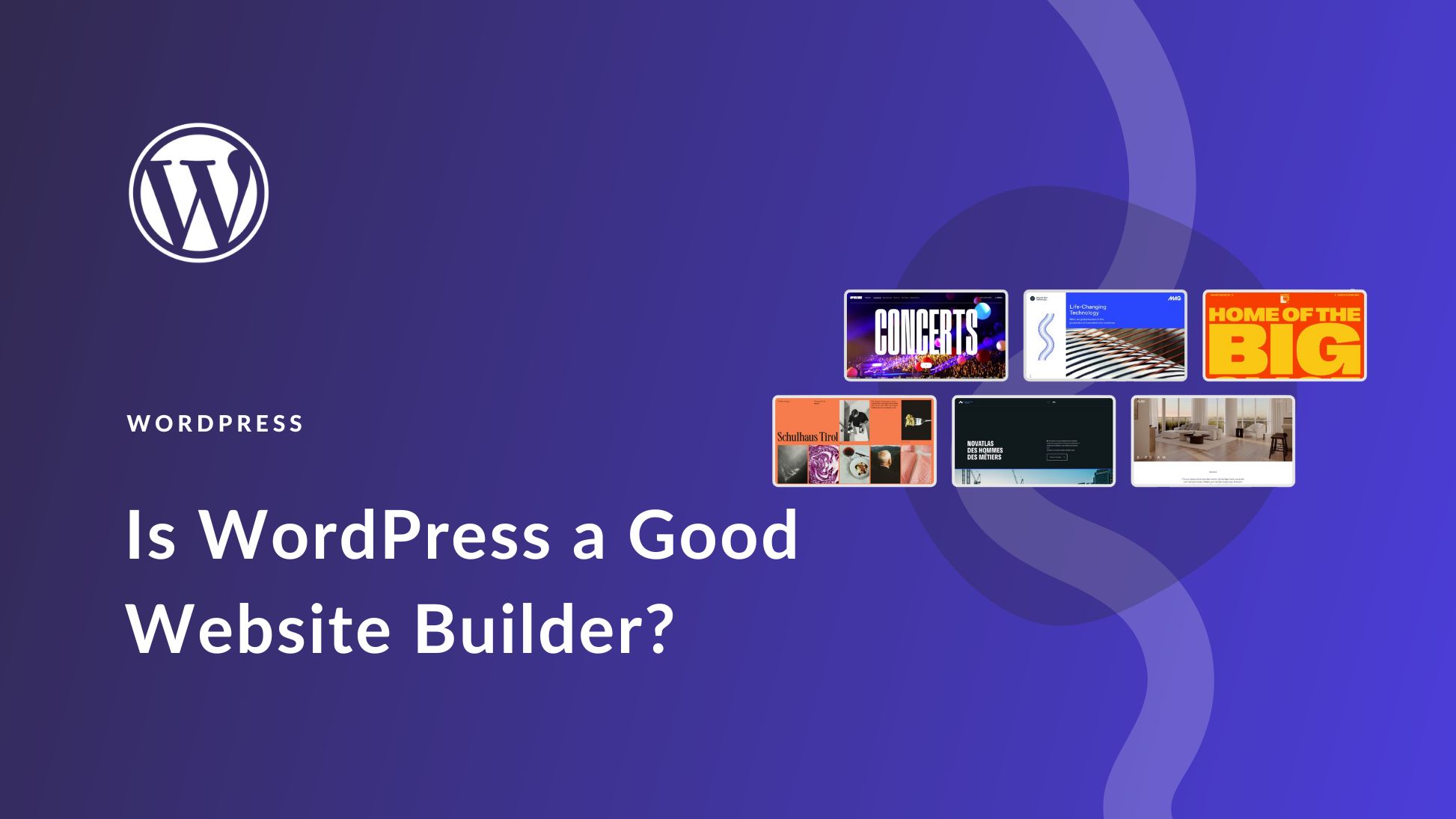Introduction:
Imagine you’ve been dreaming about starting a blog for a while. Maybe you’ve got expertise in a niche topic you’re passionate about. Perhaps you want to create a platform that attracts a community, drives traffic, and, eventually, helps you generate income. You’ve thought about the content you’ll produce and the value you’ll offer—but there’s one challenge left: Where do you start?
This is where many aspiring bloggers hit a roadblock. The dream of writing valuable content and gaining a loyal following is exciting, but setting up the right foundation for a profitable blog can feel overwhelming. You want to ensure that your blog isn’t just another page on the internet. You want it to stand out, attract readers, and turn your passion into a business.
The solution? WordPress. It’s one of the most versatile and user-friendly platforms for bloggers, and it offers everything you need to launch a blog that doesn’t just sit there—it thrives.
In this guide, we’ll take you through the process of setting up your blog on WordPress, crafting content that connects with your audience, and using strategies to promote your blog for sustainable growth.

1. Why WordPress is the Ideal Platform for Your Blog
Let me tell you a story about Sarah, someone just like you. Sarah had a dream of becoming a well-known personal finance blogger. She wanted to help people manage their money better while building a profitable business from her writing. But she had one question: Which platform should she use?
She could have chosen a lot of options, but when she came to us, we recommended WordPress—and it turned out to be the best decision she could have made.
Here’s why WordPress is ideal for aspiring bloggers like Sarah (and you):
User-Friendly for Beginners:
You don’t need to be a tech expert to get started on WordPress. It’s as if you’re walking into a home improvement store with all the tools you need to build your dream space—without having to know all the technical jargon. Whether you’re posting your first blog or tweaking your site design, WordPress keeps it simple.Customization for Growth:
Imagine starting with a blank canvas that you can mold to fit your unique vision. WordPress lets you do just that with thousands of themes and plugins. Want a clean, minimal design? No problem. Looking for specific features like social sharing buttons or email opt-ins? There’s a plugin for that. And as your blog grows, WordPress grows with you, offering scalability and flexibility.Built-In SEO Features:
Sarah quickly realized that to get noticed in a crowded digital space, she needed to optimize her blog posts for search engines. With WordPress, she could easily integrate Yoast SEO, a plugin that guides her on how to make her content more visible on Google. This allowed her to rank better and reach a wider audience without hiring an expensive SEO expert.Secure and Reliable:
You don’t have to worry about the technical side of things like security or website maintenance. WordPress offers regular updates and built-in security features, so you can focus on creating content while the platform takes care of the heavy lifting.
Questions to Consider:
- Are you looking for a blog platform that’s easy to set up without needing advanced tech skills?
- Do you want a platform that will grow with your blog as it scales?

2. Setting Up Your WordPress Blog: Step-by-Step
Now that you’re sold on WordPress, it’s time to get your blog up and running. You’re probably wondering, “Where do I even begin?” Don’t worry; we’ve got you covered with an easy-to-follow, step-by-step process.
Step 1: Choose Your Domain Name and Hosting
Think of your domain name as the front door to your online home. It should reflect your blog’s niche and be easy to remember. For example, Sarah chose SmartMoneyWithSarah.com—it’s clear, professional, and easy to recall.
Next, choose a hosting provider. This is the space where your website lives. For beginners, we recommend Bluehost or SiteGround, which integrate easily with WordPress. They offer affordable hosting and provide helpful customer support.
Step 2: Install WordPress
Once you’ve secured your domain and hosting, it’s time to install WordPress. This is usually just a click away with your hosting provider’s one-click WordPress installation feature. In no time, your blog will be ready to go live.
Step 3: Choose a Theme
Your blog’s design is your chance to make a great first impression. WordPress offers thousands of free and paid themes, so you can easily find one that suits your blog’s personality. Want a clean, minimalist design? Or a theme with more complex features? There’s something for everyone.
Step 4: Install Essential Plugins
Plugins are like tools in your blogging toolkit. You’ll want to install a few key plugins, including:
- Yoast SEO: Optimizes your content for search engines.
- Akismet: Protects your blog from spam comments.
- WPForms: Helps you create forms for collecting emails or feedback.
Step 5: Create Your First Post
Now that your blog is set up, it’s time to start writing! Start by creating your “About Me” page to introduce yourself to your readers. Then, write your first blog post. Keep it engaging and valuable, offering solutions to the problems your audience cares about.
Questions to Consider:
- What’s your domain name going to be? Does it reflect your niche clearly?
- Which WordPress theme aligns with your style and your blog’s mission?

3. Creating Content That Engages and Converts
Here’s where the magic happens. Content is the heart of your blog. But not just any content—quality content that resonates with your audience, keeps them coming back for more, and ultimately, converts them into loyal followers or customers.
Step 1: Understand Your Audience
Before you start writing, take a step back and ask yourself, “Who am I writing for?” Understanding your target audience’s needs, desires, and pain points will help you craft content that truly speaks to them.
Step 2: Write Engaging Blog Posts
Your readers are looking for value. When Sarah started blogging, she wasn’t just writing for the sake of writing. She crafted posts like “5 Tips for Saving Money on Everyday Expenses” and “How to Build an Emergency Fund in 6 Months”, providing actionable advice that resonated with her audience.
Use engaging headlines, break your posts into easy-to-read sections, and include visuals like images or infographics to keep things interesting. Remember, you’re not just sharing information—you’re telling a story, helping your readers see the value of what you’re offering.
Step 3: Optimize Your Content for SEO
To get your blog noticed, you need to ensure it’s discoverable. This is where SEO comes into play. By using Yoast SEO (mentioned earlier), you can optimize your posts for keywords that your target audience is searching for. Sarah made sure to optimize her content with keywords like “personal finance tips” and “money management for beginners,” which helped her rank higher in search engines.
Questions to Consider:
- What does your audience need help with the most?
- How can you create blog posts that provide real value and solutions to their problems?

4. Promoting Your Blog: Driving Traffic and Building an Audience
Your blog is live, and your content is stellar. But now, how do you get people to see it? It’s time to promote your blog and grow your audience.
Step 1: Leverage Social Media
Sarah promoted her blog posts on Instagram, Twitter, and Facebook. She joined Facebook groups where people discussed personal finance and shared her blog posts, offering insights and helping others. Social media is a great way to expand your reach and connect with your audience.
Step 2: Use Email Marketing
Building an email list is one of the best ways to keep your audience engaged. Offer a freebie (like an ebook or checklist) in exchange for email sign-ups, and then send regular newsletters with blog updates, tips, and exclusive content.
Step 3: Collaborate and Guest Post
Guest blogging is another powerful way to drive traffic back to your site. Sarah wrote a guest post for a popular financial website, and the exposure she received helped her blog grow exponentially.
Step 4: Use Paid Ads
As a last resort, consider using Google Ads or Facebook Ads to promote your top-performing posts. Sarah used this strategy to target people interested in personal finance tips and saw her blog traffic skyrocket.
Questions to Consider:
- Which social media platforms can help you reach your ideal readers?
- Have you started building your email list yet?
Conclusion:
By now, you’ve got all the tools and strategies to launch your WordPress blog and turn it into a profitable venture. Whether you’re writing about fashion, travel, tech, or health, the potential to grow an engaged audience and monetize your blog is right at your fingertips.
Remember, success doesn’t happen overnight. It takes consistency, dedication, and smart marketing. But with WordPress as your foundation, you’ve already set yourself up for success.
So, are you ready to take the first step toward blogging success? Let’s do it. Start building your WordPress blog today and turn your passion into a profitable business.
Ready to get started? If you need help setting up your WordPress blog or marketing your content, Site Magnetics is here to guide you every step of the way. Contact us today, and let's bring your blogging dream to life.








